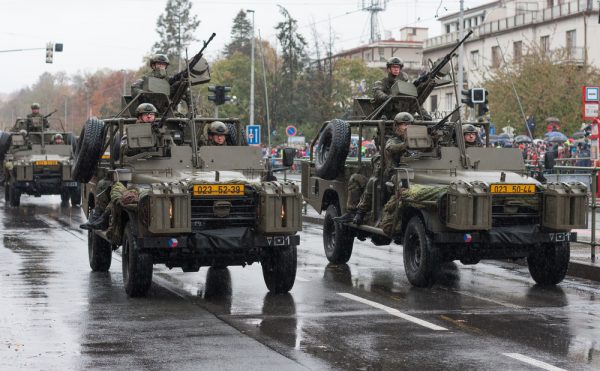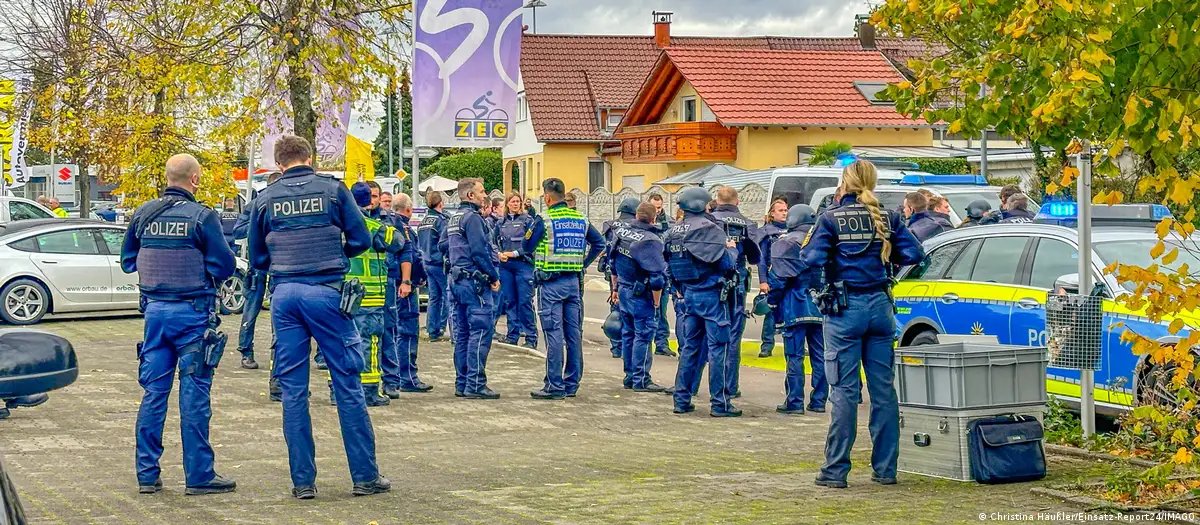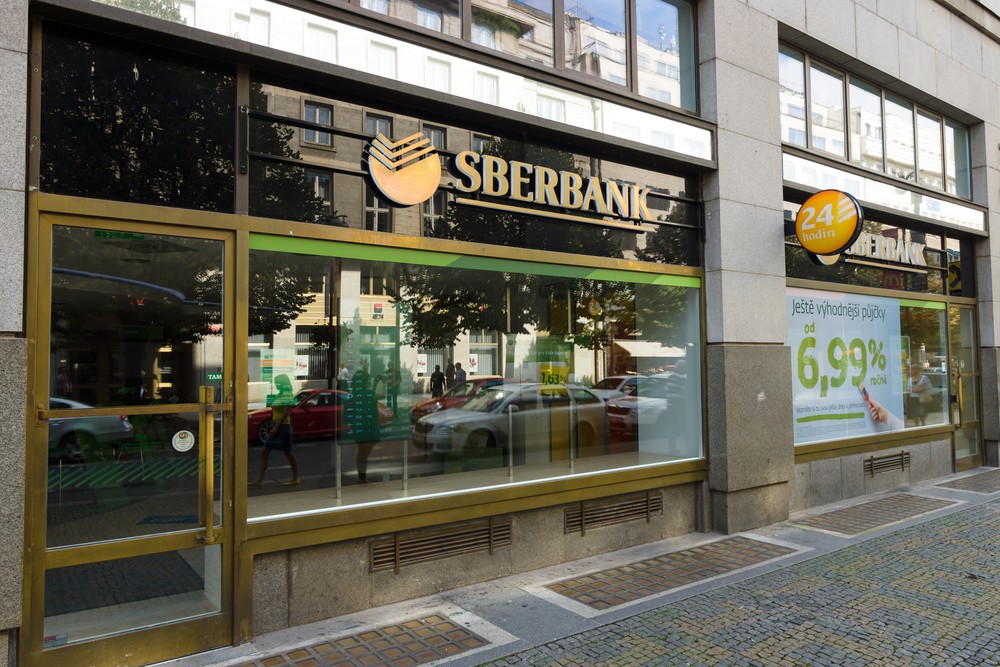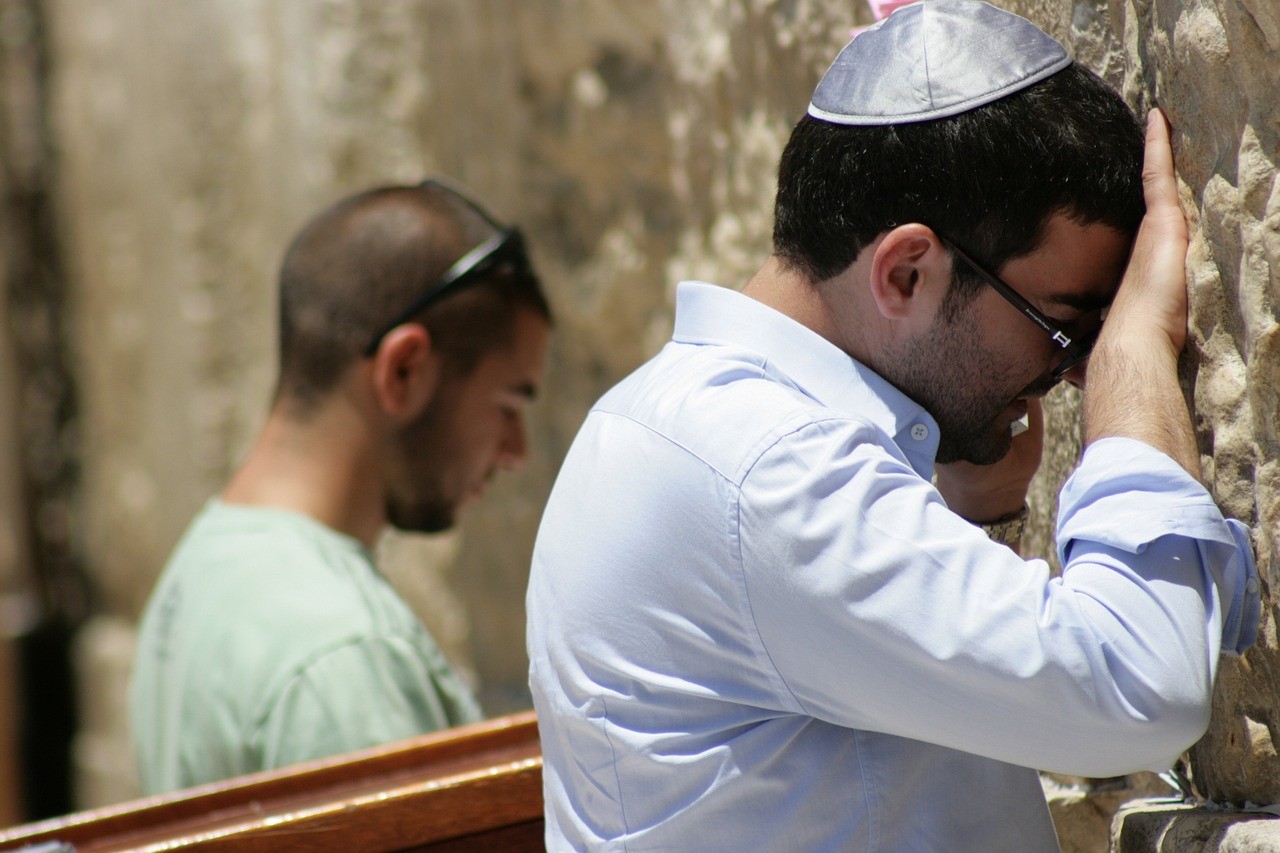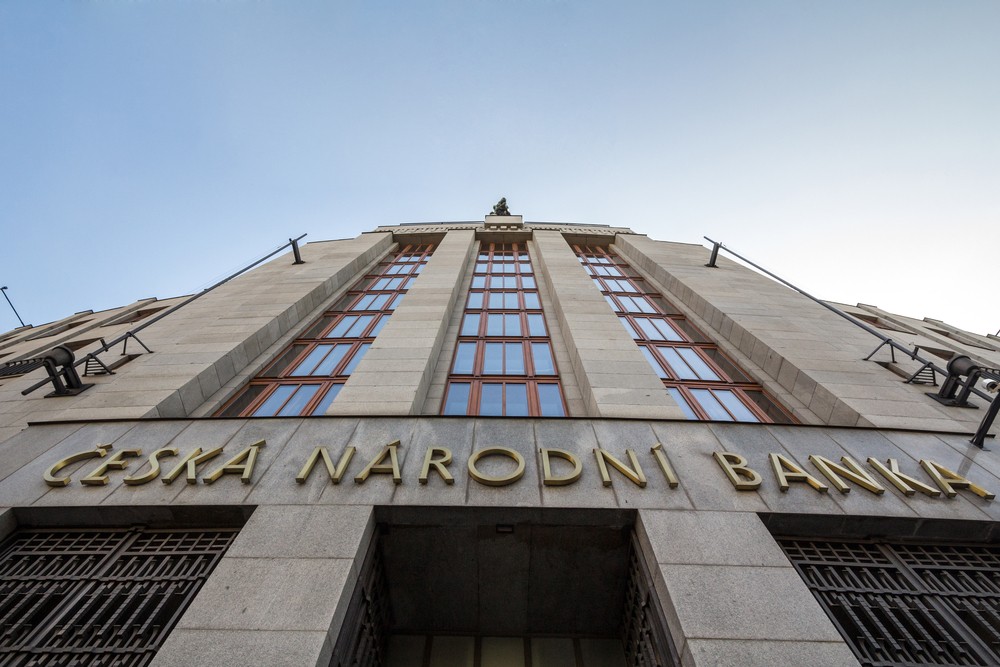Chances are you could pick any random spot in downtown Prague, dig down several metres and you would almost certainly discover something archaeologically significant. The city, which has been continuously inhabited for more than 11 centuries, is composed of so many relics from different eras that it’s not uncommon to find four or five different architectural styles in one building: a baroque house, for instance, with gothic arcades and neoclassical interiors, built on Romanesque foundations. So it’s not that surprising that the ongoing archaeological dig at Národní třída last month yielded the remnants of 12th-century houses that were built in part from the tombstones of a medieval Jewish cemetery.
What makes the long-running Národní třída dig special is that it’s the biggest archaeological excavation in the historic centre of Prague. And then there’s the time pressure. Archaeologists have until the end of the year to complete their survey of the site right behind Tesco, so that the long-postponed construction of the Copa centrum office and shopping complex can begin.
Under Czech law, any investor planning to build in an historic area must first do an archaeological survey of the site; if archaeological artefacts are found, the prospector must finance further fieldwork. But the laws don’t spell out the extent of that fieldwork or, equally importantly, how the antiquities must be preserved or built into the new project.
One needs only to look at the Palladium shopping centre at náměstí Republiky to see how this can be problematic. Archaeologists discovered the walls of a 12th-century palace on the site of former army barracks that the developer EPD was preparing to convert to a mall. EPD promised to incorporate the archaeological discoveries sensitively into the interior of the mall. The result was a cafe, with its seating area partly circumscribed by 12th-century walls and an installation of metal rods shaped to suggest where the former palace arches once might have been. The crumbling, unprotected walls get lost in the bustle of the mall and do nothing for the cafe, which just looks odd.
There’s still no word on how Copa will handle the archaeological findings on its site. It will all depend on how extensive the discoveries are. Besides the remains of 12th-century buildings, archaeologists have found pottery fragments, coins, animal bones and hollows that could have been wells belonging to houses built some time between the 14th and 16th centuries. According to Tomasz Cymbalak of the National Heritage Institute in Prague, who is overseeing the dig, the Jewish tombstones incorporated into the walls of the older houses were likely brought over from a nearby cemetery. He told journalists he does not expect to uncover actual graves.
Once archaeologists complete surveying an area of 3,500 square metres, which is about half of the whole building site, construction can begin. The CZK 4 billion project will consist of six interconnected buildings based on a design by Czech-American studio Cigler Marani Architects. The current dig is costing the developer around 0.6% of the total project cost. The buildings, which will merge with Tesco on some level, will cover more than 50,000 square metres of floor space. Of that area, 17,000 square metres will be taken up by offices and 12,000 square metres by shops, including cafes, bars and restaurants. There will also be 50 flats, a new metro entrance and a public square on the site that up until recently housed a fruit and vegetable market. Completion is slated for mid-2011.
We must now hope that the centre does not feature a bar or restaurant with 12th-century walls or historical tombstone tabletops.






